What do spider eggs look like, and why should you care? These tiny, often silken sacs can blend into their surroundings, making them easy to overlook in gardens and homes.
They can vary in color from white to brown. Keep reading to find out how to identify and address any unwelcome eggs.
Key Takeaways
- Spider eggs are typically housed in silk sacs that vary in shape, color, and texture based on the spider species.
- Spiders lay egg sacs in hidden indoor locations like corners, crevices, and behind furniture or outdoors in gardens and under rocks.
- Signs of spider eggs in your home include the presence of egg sacs, baby spiders, and webs in hard-to-reach places.
- To prevent spiders from laying eggs, reduce clutter, seal gaps, vacuum cobwebs, and consider hiring pest control services.
 1st pest control service just $49
1st pest control service just $49
Must schedule service online.
Act now. Limited time offer.
What Do Spider Eggs Look Like?
Spider eggs are typically housed in silk sacs or cocoons, which can vary in shape and color depending on the species.
Most egg sacs are round or oval, with colors ranging from white and gray to tan or brown. These sacs can have a smooth, spiky, or papery texture and are often found in hidden, sheltered locations.
Here are some common house spider species and the unique features of their egg sacs:
| Species of Spiders | Egg Sac Characteristics |
|---|---|
Black Widow Spiders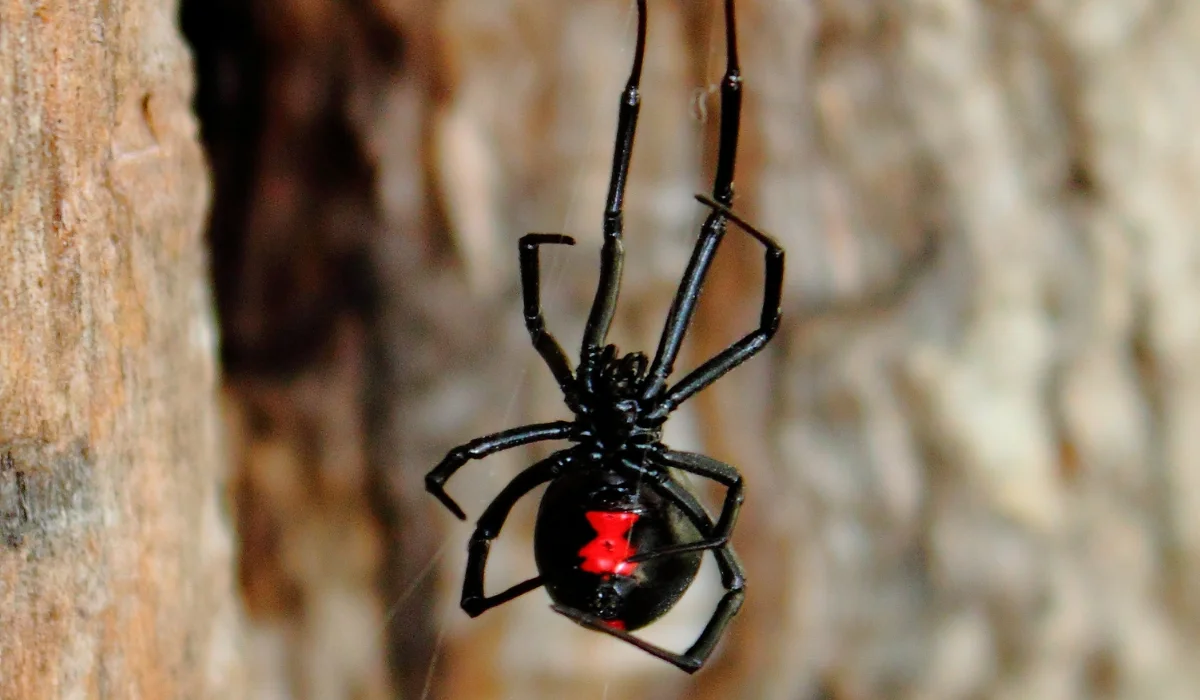
|
Smooth, spherical, white or tan, the size of a pea |
Orb Weavers
|
Brownish, papery texture |
Wolf Spiders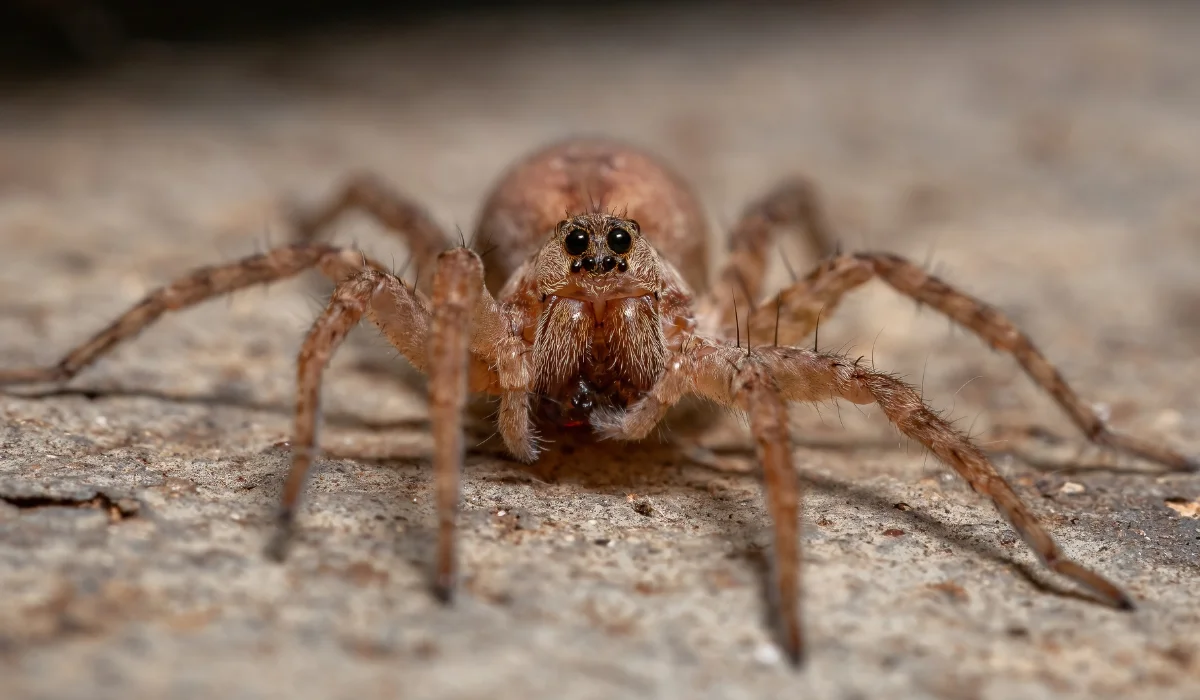
|
Attached to spinnerets, white or grey |
Brown Recluse Spiders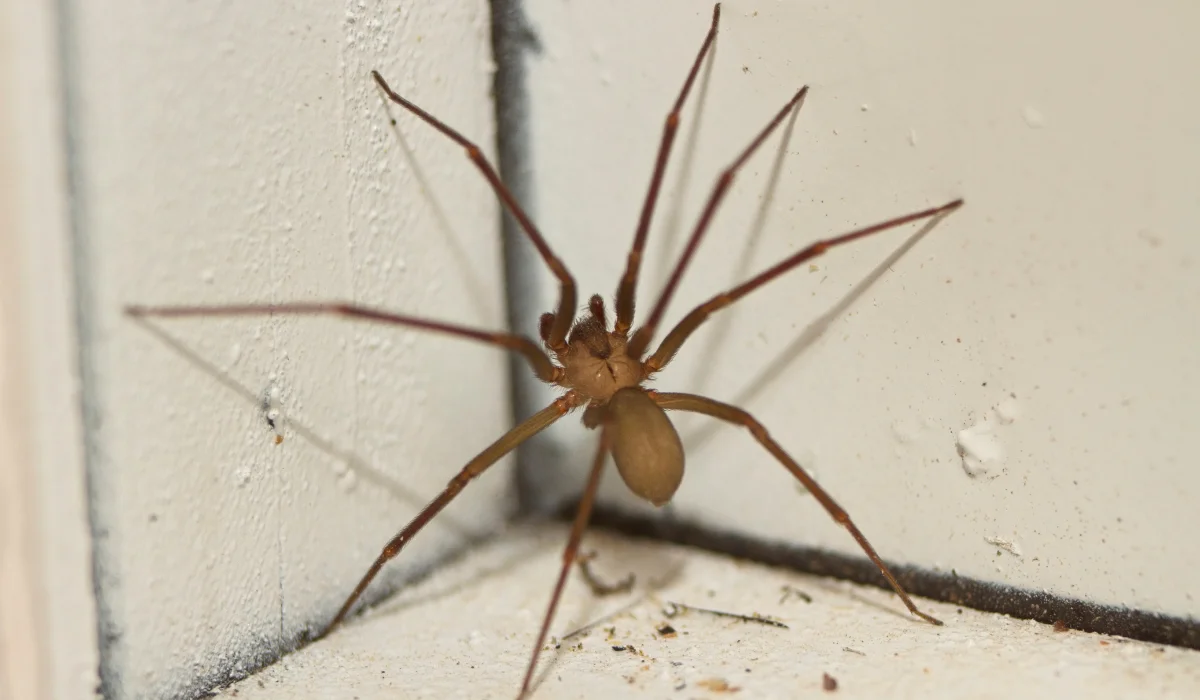
|
Loose, thin silk, whitish and not very distinctive |
Cellar Spiders
|
Loose, thin silk sac in the spider’s mouth |
Brown Widow Spiders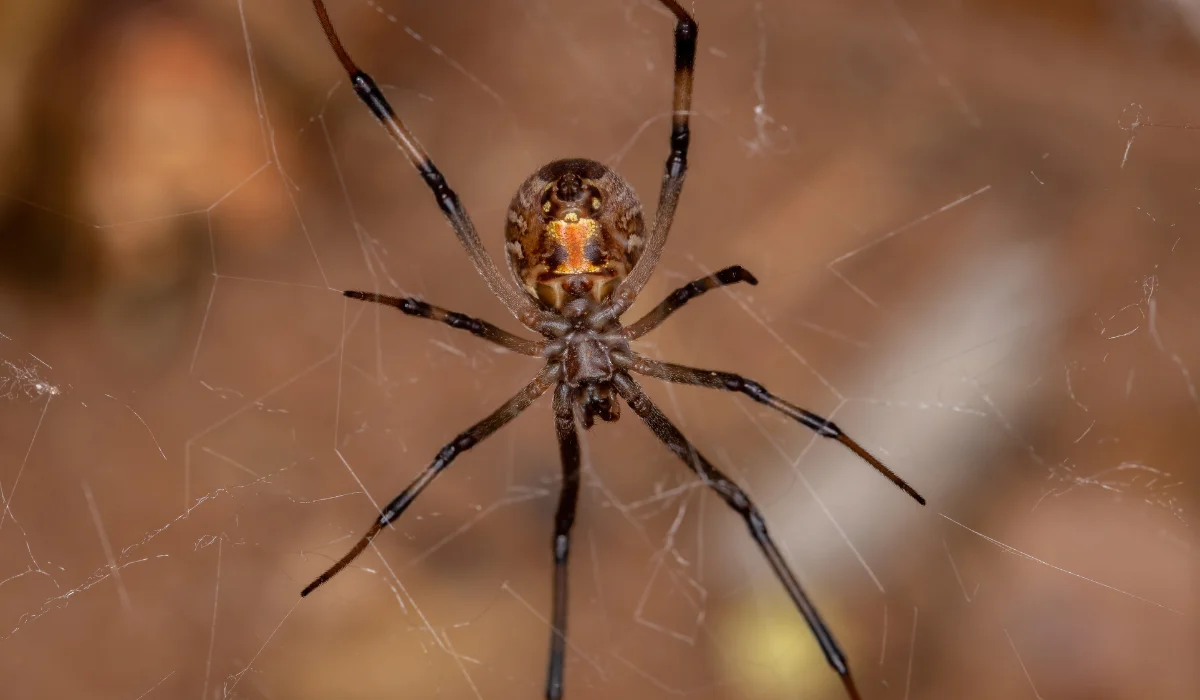
|
Spiky texture |
Tarantulas
|
Large and robust due to their size |
Jumping Spiders
|
Single silken nest as protective silken retreats |
Tangle-web spiders
|
Irregular, loosely woven sacs attached to webs |
Where Do Spiders Lay Egg Sacs?
Different types of spiders pick their egg-laying spots based on safety and access to food. The location can differ greatly depending on whether they are inside or outside.
Each species has its preferences for where they place their egg sacs, often choosing areas that offer the best chance for their young to survive.
Common indoor locations include:
- Corners and crevices in basements, attics, and closets
- Behind furniture or appliances
- Window sills or frames
- Cobwebs in less frequently cleaned areas
- Attached to clothing, curtains, or stored items
In outdoor settings, female spiders utilize varied locations that offer camouflage and protection from predators.
Common outdoor hiding spots include:
- Gardens and plant foliage
- Under rocks or loose bark
- Inside sheds or garages
- Fallen leaves or debris
- Weaved into the center of webs, often in sunny spots for garden spiders
How to Tell If You Have Spider Eggs in Your Home
When managing a spider infestation, the egg cycle is one of the most critical stages to target. Treating spiders before eggs hatch can prevent a rapid increase in spiderlings and make controlling the population much easier. Here are signs to look for:
| Signs of Infestation | How to Spot Each Sign |
|---|---|
| Spiderlings (Baby Spiders) | Spot clusters of tiny spiders near egg sacs, where they may spread using Ballooning. |
| Spider Webs and Molt | Check for webs in corners, furniture, or basements, and search for molted skins near entry points. |
| Presence of Other Pests | Notice an increase in insects like cockroaches or wasps, which could attract adult spiders. |
How to Prevent Spiders from Laying Eggs in Your Home
As homeowners, sometimes, you find yourselves sharing spaces with unwelcome guests. When these arachnids decide to lay eggs inside, addressing the issue is necessary.
To get rid of spider eggs, consider direct action and preventative measures such as:
- Reduce clutter by clearing out places where spiders hide, such as stacks of newspapers or boxes.
- Close gaps around windows and doors. Use caulk or weather stripping to keep spiders out.
- Use yellow or sodium vapor lights outside. They are less attractive to insects, reducing spider food sources.
- Vacuum any cobwebs you find and spaces where eggs might be laid. This disrupts their lifecycle.
- Use home remedies like essential oils that may deter spiders from entering or settling in.
Some homeowners prefer the expertise of a spider control service. Whether for reassurance or thorough treatment, a professional exterminator can offer tested solutions.
 1st pest control service just $49
1st pest control service just $49
Must schedule service online.
Act now. Limited time offer.
What to Do If You Find Spider Eggs
When spider eggs are found frequently or in large numbers, it might be time to contact a pest control service. A specialist can help identify the spider species and recommend effective treatment options to keep them at bay.
At Simple Pest Management, we take care of any kind of spider egg sacs and their web-building residents, so you don’t have to worry about dealing with an infestation. Contact us today for a free estimate.



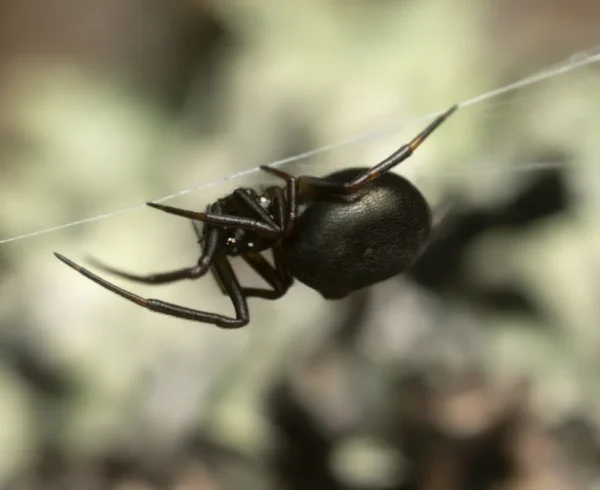

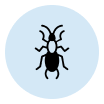

 You’re supporting a small, local business
You’re supporting a small, local business


